By Shannon Kachel
Photo Credit: R. Kulenbekov/Panthera/Kaiberen/NCMRD/SAEF/NAS/UW/SU
I'm excited and relieved to check in once again from Bishkek, Kyrgyzstan. This time I'm on my way home to Seattle. I return far from empty-handed, bringing non-invasive genetic samples of wolves, snow leopards and brown bears, as well as thousands of camera trap photos for some unfortunate undergraduates to plow through, and most significantly, for the next 20 months, five daily updates on the movements of F1, a 38 kg female snow leopard, who my partners and I at Panthera fit with a GPS collar, and by so doing kicked off our study of the ecological and behavioral dynamics among snow leopards, wolves and their shared prey. This was a first here in Kyrgyzstan, and came only as the result of months (and in some cases years) of dedication from an entire team of individuals from all over the world. With this hurdle behind us, we can finally get to the gnitty-gritty of the day to day science that will help us to understand and conserve this enigmatic species and the high mountains ecosystems it calls home.
Photo Credit: Panthera/Kaiberen/NCMRD/SAEF/NAS/UW/SU
My collaborators and I will use camera traps and fecal genetics to estimate a range of population parameters for both wolves and snow leopards in a spatially explicit context - we will literally map the density of these animals as a changing variable across the study area, almost like a heat map in a weather forecast. Then, like any other landscape covariate, we can compare numerical patterns with the behavioral observations of our collared animals (again in a spatially explicit context). Behavior in turn will help us create maps of potential or naïve predation risk to ungulates based on the hunting and kill rates we observe. Taken together, these behavioral and numerical insights will help us to predict, test and understand patterns in prey behavior and numbers, as well as those of both carnivores. In an applied context, this information has potential prescriptive value to reduce carnivore-human conflicts and to identify key habitat components and configurations necessary for high mountain predators to survive.

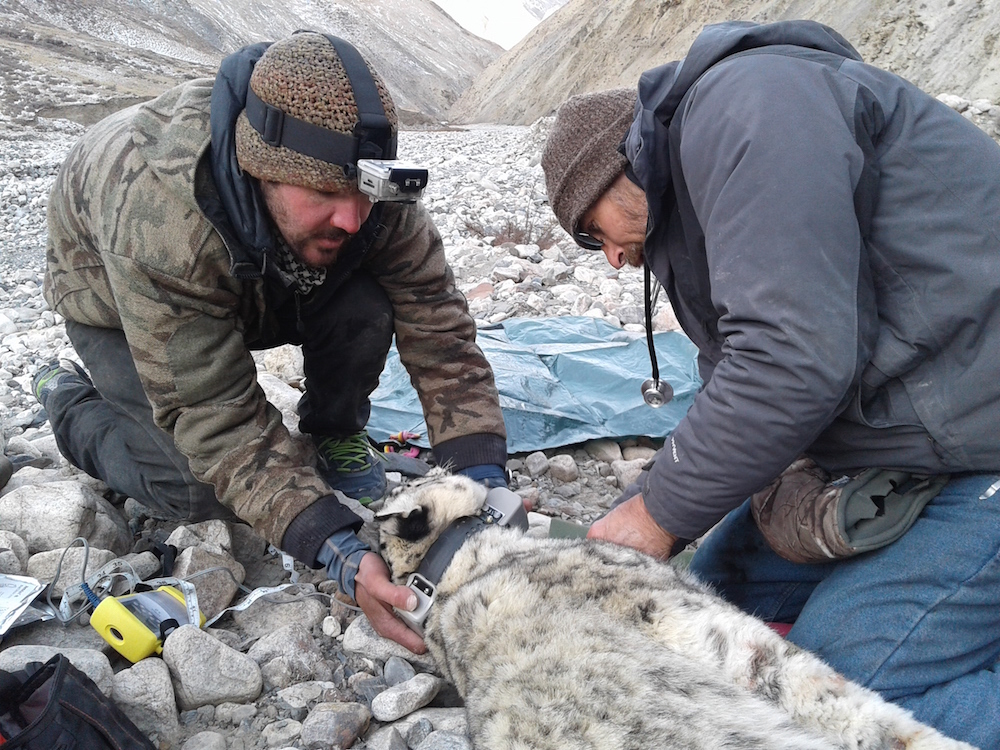
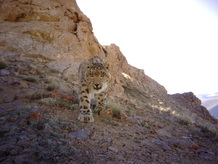
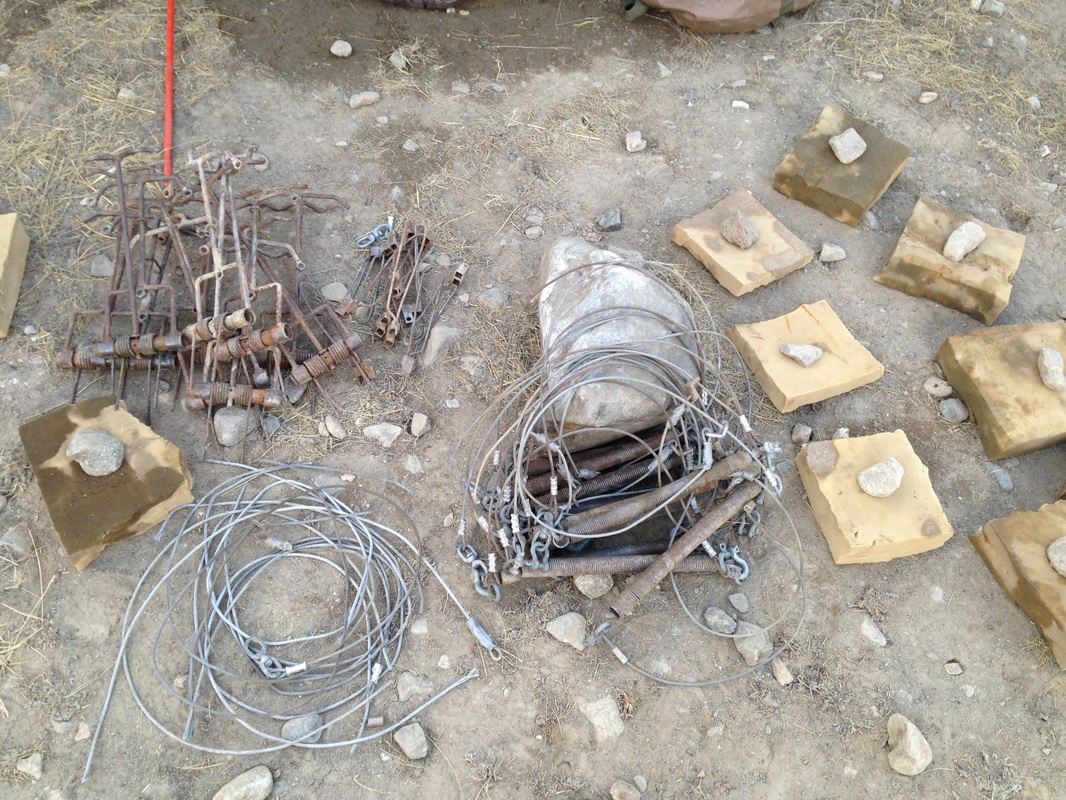
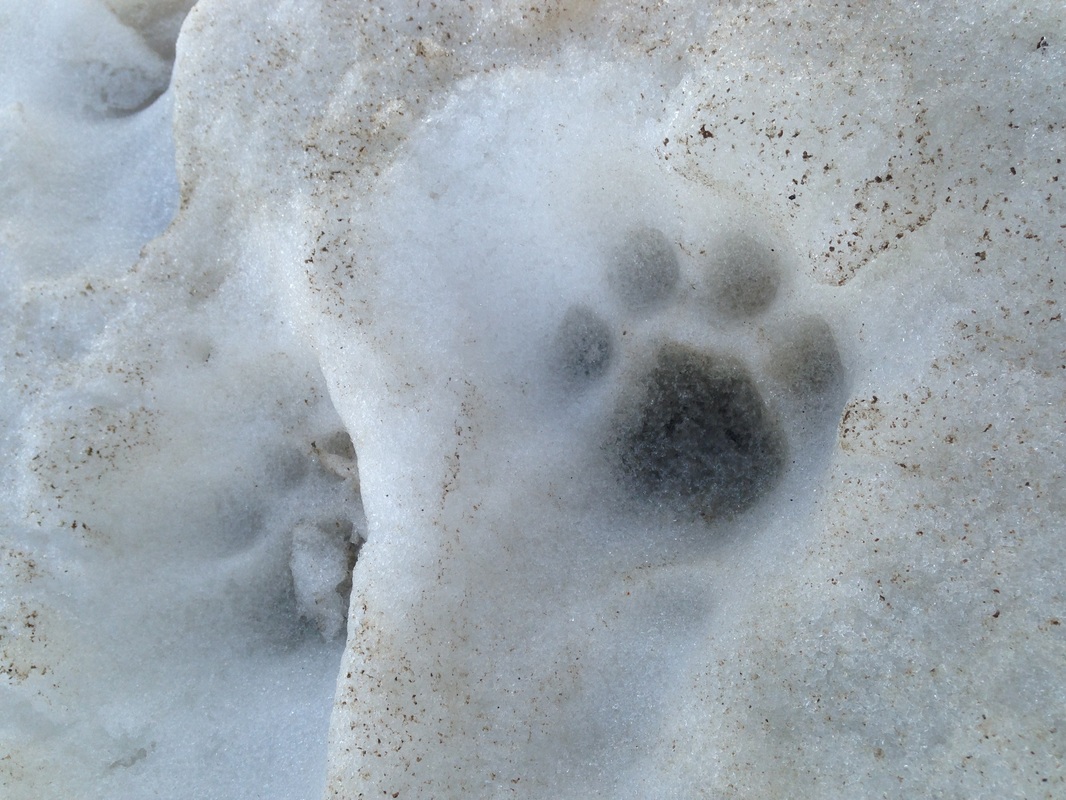
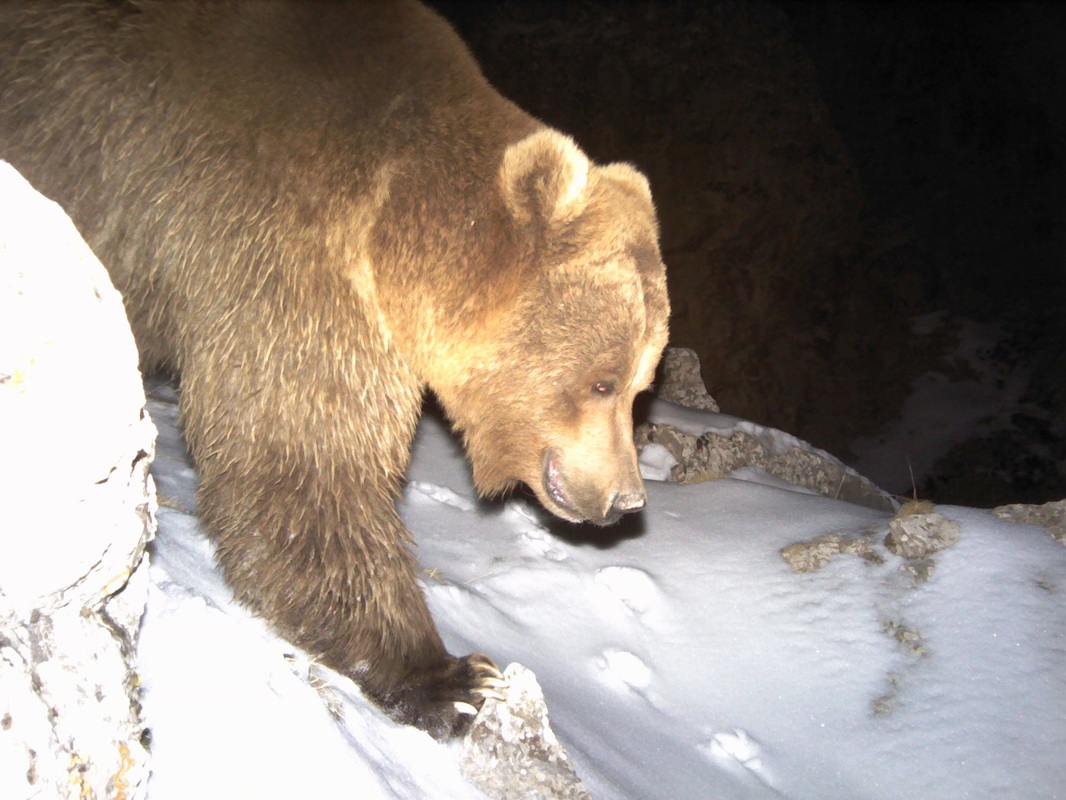
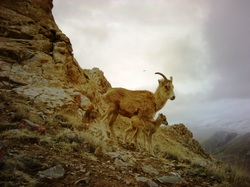
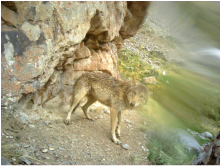
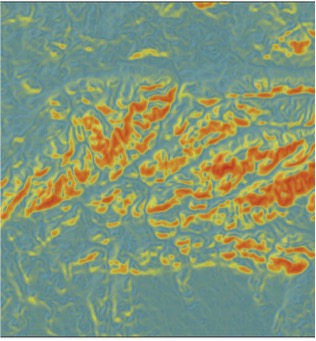
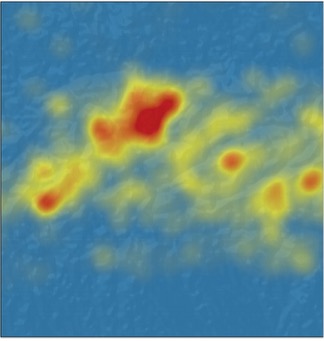
 RSS Feed
RSS Feed